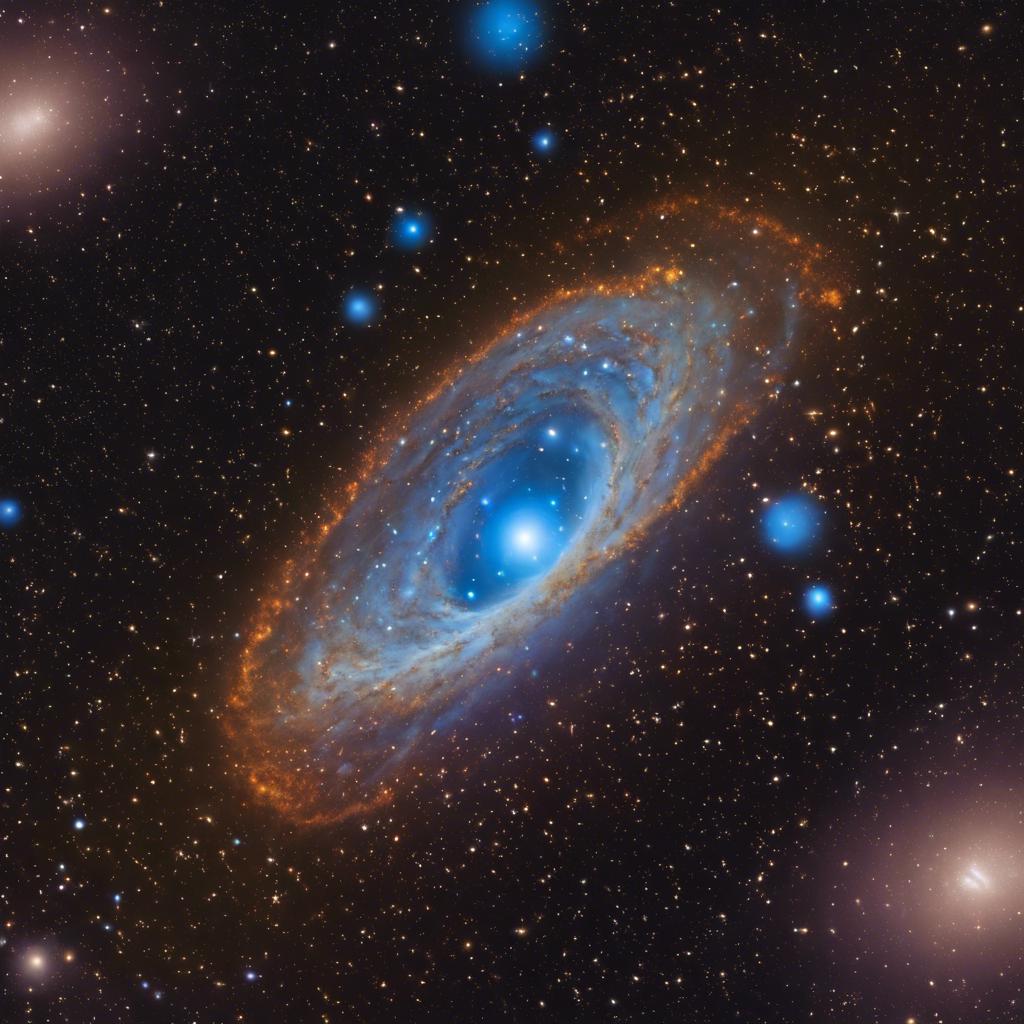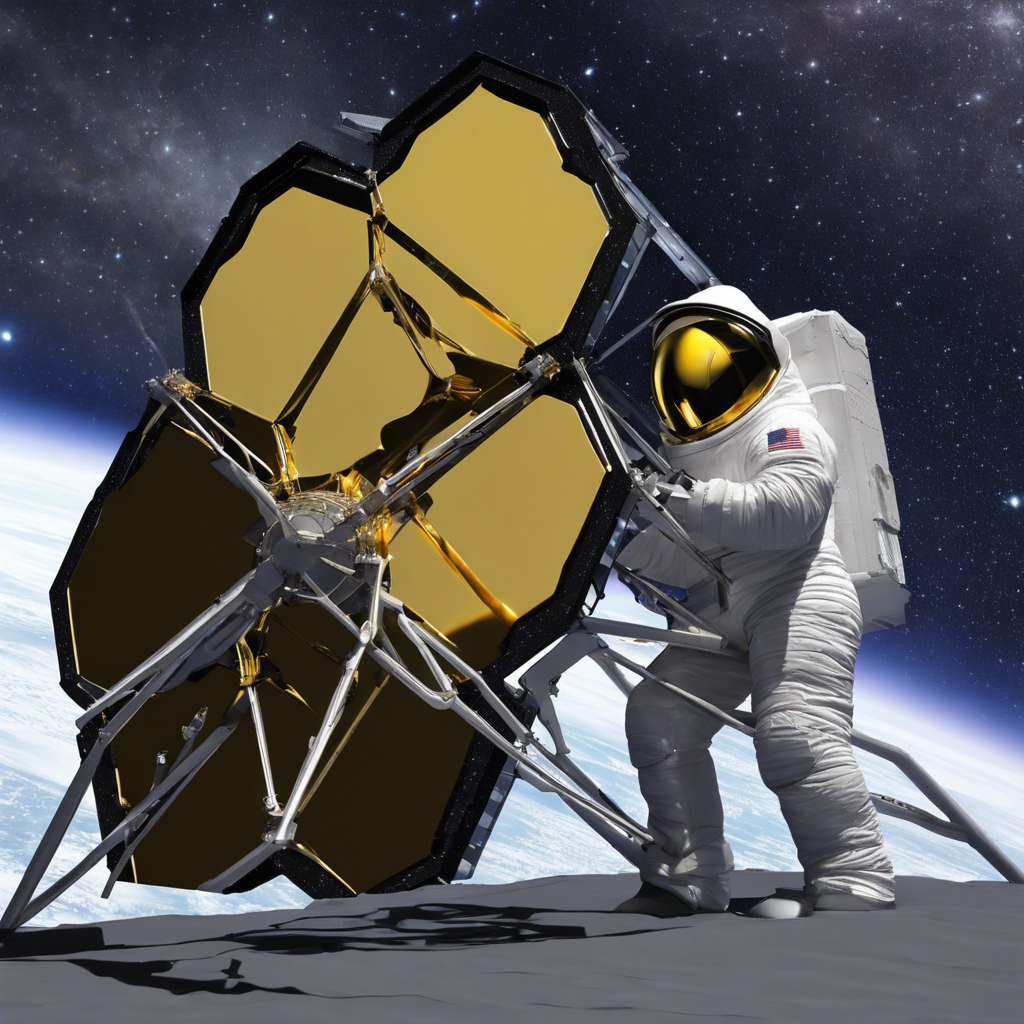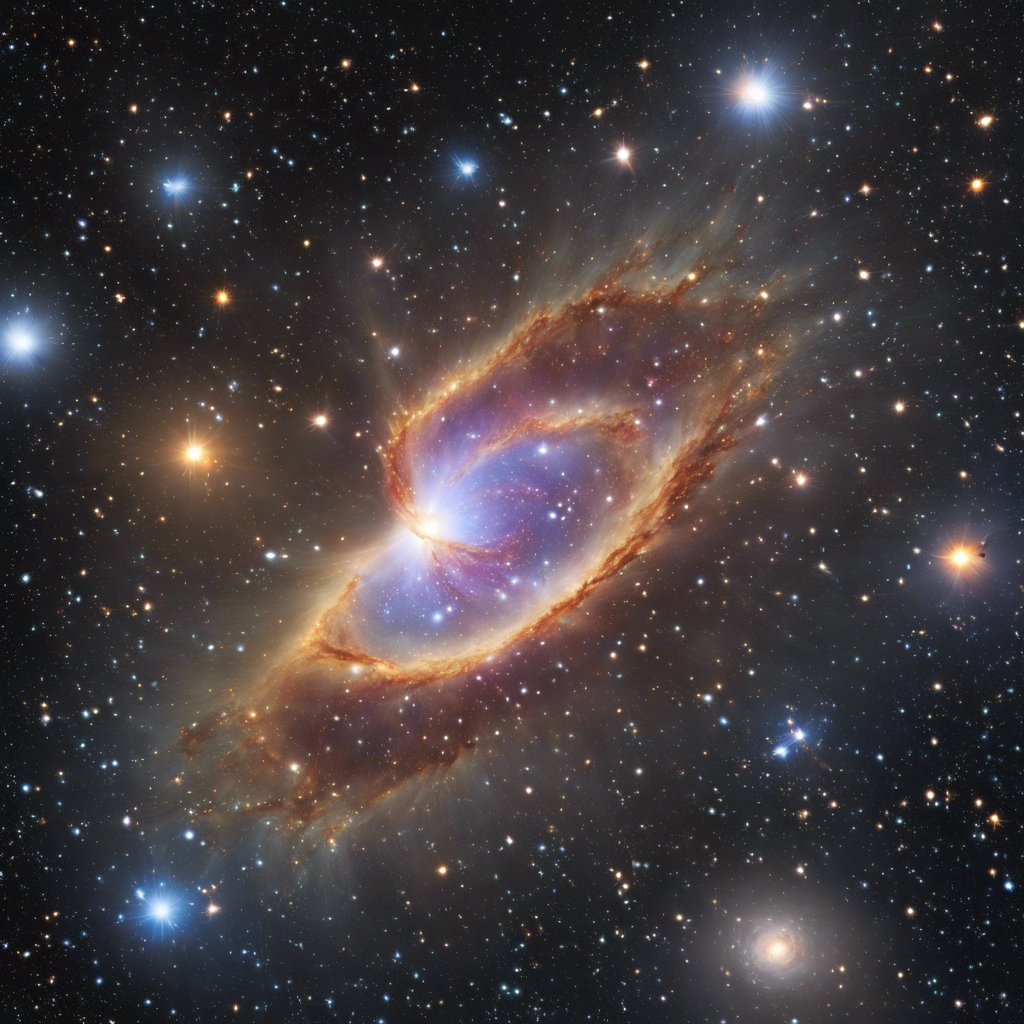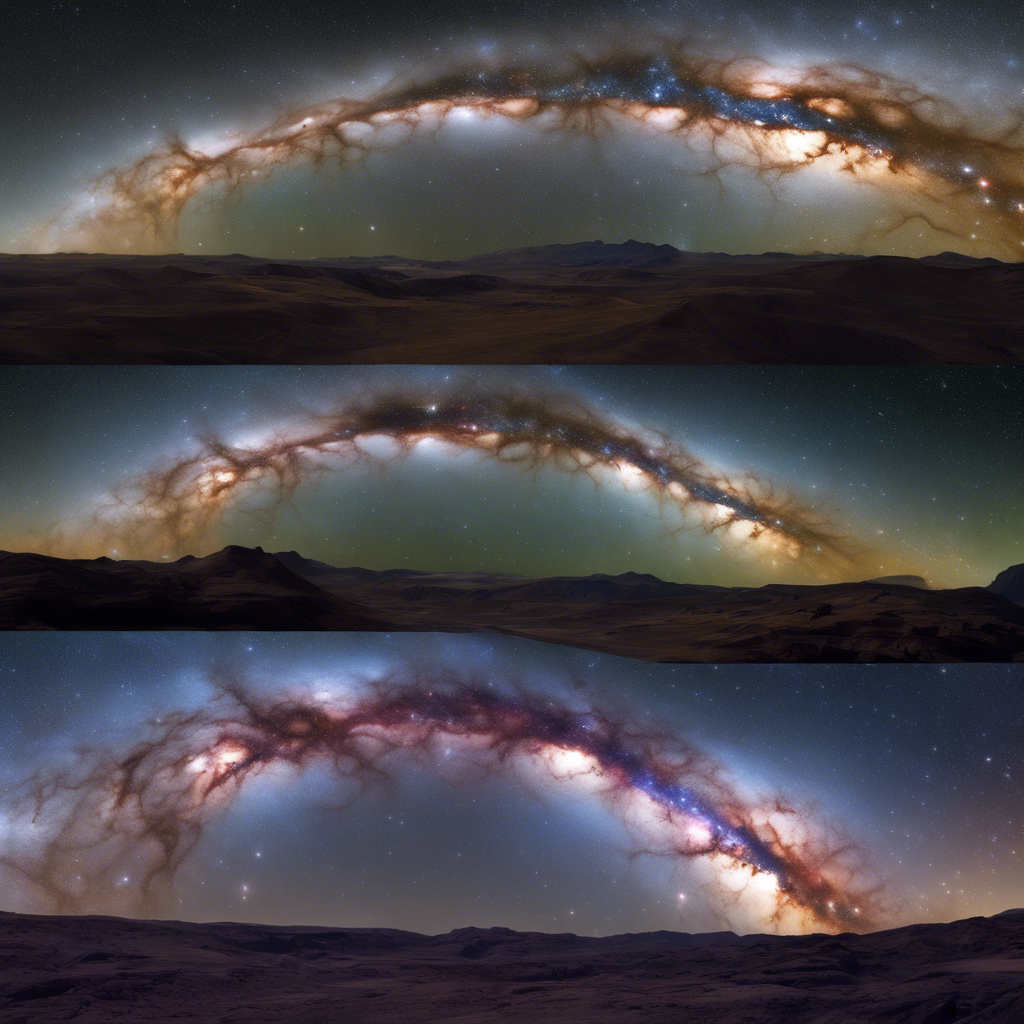Scientists utilize machine learning to sift through vast amounts of data and uncover rare phenomena in the southern sky
High atop a mountaintop in Chile, the Cerro Tololo Inter-American Observatory houses the 4-meter Blanco Telescope, a scientific marvel that has been observing the cosmos since 1976. With the advent of advanced technology, the telescope produces an overwhelming amount of data, pushing astronomers to find innovative ways to analyze it. In a groundbreaking collaboration, a team of international astronomers has developed a machine-learning model to search through millions of images captured by the telescope, ultimately discovering 581 faint galaxies exhibiting the phenomenon known as strong lensing.
https://www.youtube.com/watch?v=4-n9mZsva4E
The Fascinating Phenomenon of Strong Lensing
When a massive celestial object lies in front of a more distant galaxy, the object’s gravity bends and warps the light from the background galaxy. This gravitational lensing effect magnifies the background galaxy, allowing astronomers to observe unseen features and gain insights into the history and evolution of the universe. However, strong lensed galaxies are exceptionally rare, with only about 1,000 confirmed out of the millions of galaxies cataloged.
Exploring the Untapped Southern Sky
With many of the world’s largest astronomical searches focused on the Northern Hemisphere, astronomers have only recently begun to rigorously survey the full southern sky. The Dark Energy Camera (DECam) equipped on the Blanco Telescope has played a pivotal role in this endeavor. First operational in 2012, the DECam can capture vast swaths of the sky in a single image, providing astronomers with an unprecedented opportunity to explore uncharted territories.
The Rise of Machine Learning in Astronomy
As the amount of astronomical data continues to grow exponentially, manually sifting through it becomes an insurmountable task. This is where machine learning steps in, offering a solution to automate the analysis process. By training computer algorithms to recognize patterns and features in images, astronomers can efficiently search for specific phenomena, such as strongly lensed galaxies.
Training the Machine-Learning Model
In their pioneering study, the team led by graduate student Erik Zaborowski utilized public data from the DECam Local Volume Exploration Survey (DELVE). They selected 11 million extended sources from the survey and employed a five-layered convolutional neural network, a type of machine learning algorithm commonly used for image classification. However, before the model could identify real lensed galaxies, it had to be trained. The scientists fed it over 80,000 real galaxy images from DELVE, half of which were artificially modified to simulate the lensing effect. They also incorporated thousands of false positives to enhance the model’s accuracy.
The Human Touch in the Age of Automation
While machine learning proved invaluable in narrowing down the potential candidates, human intervention was still crucial. The model generated 50,000 sources deemed most likely to be lenses, which were then manually reviewed by the scientists. After careful examination, the team identified 581 extended sources that were highly likely to be strongly lensed galaxies, with 562 of them never before reported. Additionally, eight potentially lensed quasars, exceptionally luminous galaxy cores, were also discovered. If confirmed, these new findings would increase the number of strongly lensed galaxies by over 50%.
Limitations and Future Directions
While the application of machine learning in astronomy holds immense promise, there are inherent limitations. The models heavily rely on the data they are trained on, making it essential to ensure that the training data accurately represents the real universe. Furthermore, the subjective nature of defining what constitutes a strong lens poses a challenge in training the models effectively. Astronomers must establish a consensus to guide the models’ selection criteria.
Conclusion:
The discovery of 581 strongly lensed galaxies through the innovative use of machine learning demonstrates the power of technology in accelerating scientific progress. With the ability to analyze vast amounts of data in a fraction of the time, astronomers can unlock the mysteries of the universe more efficiently. However, human involvement remains vital in ensuring the accuracy and comprehensiveness of these discoveries. As the era of giant databases and machine learning models dawns upon us, astronomers must navigate the challenges and opportunities it presents, ultimately expanding our understanding of the cosmos.











